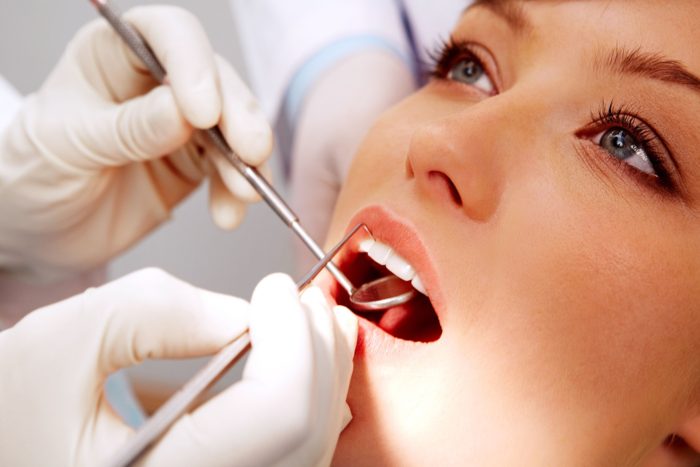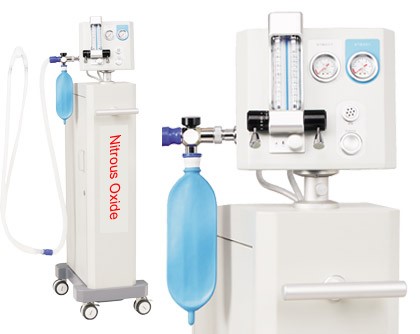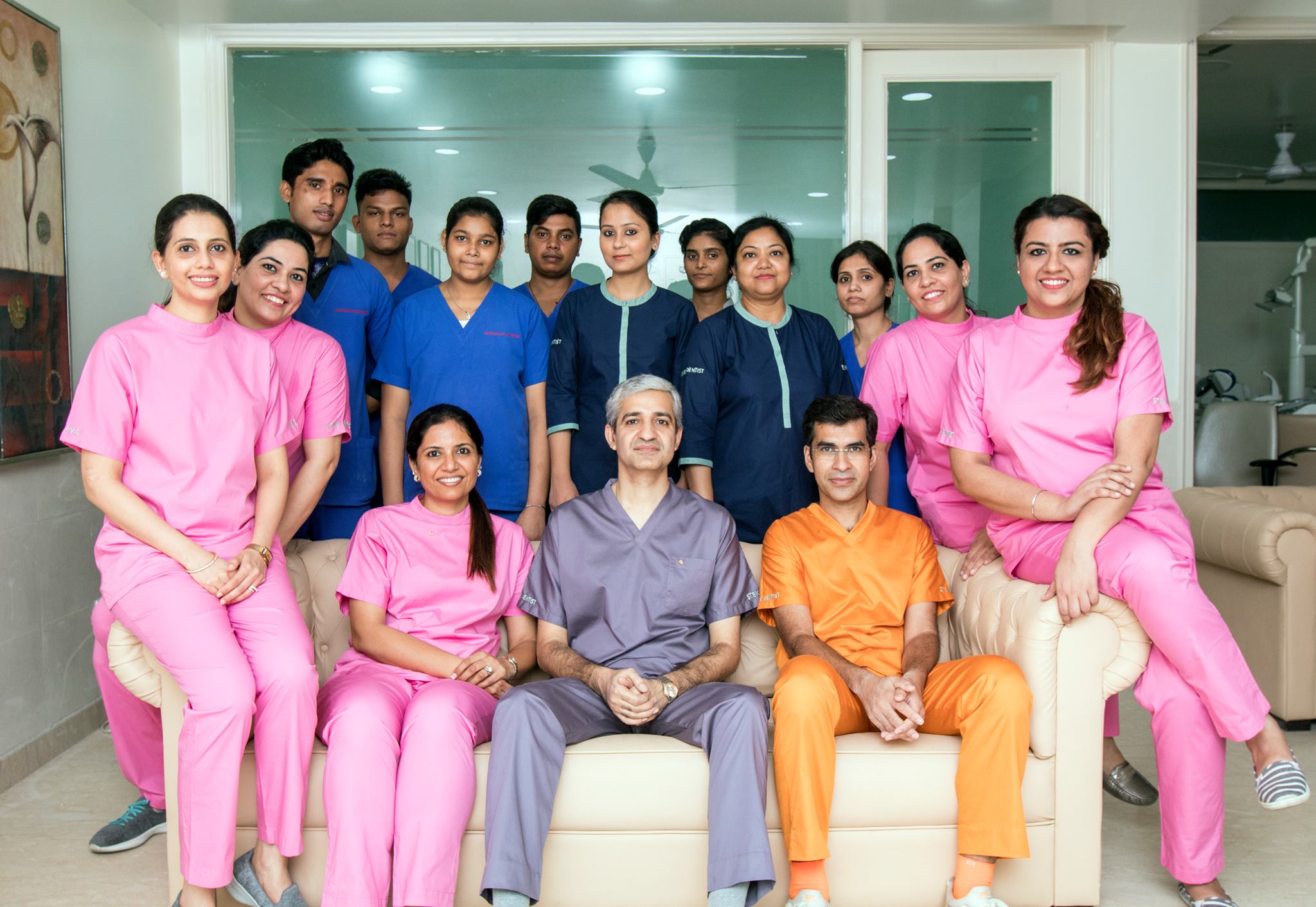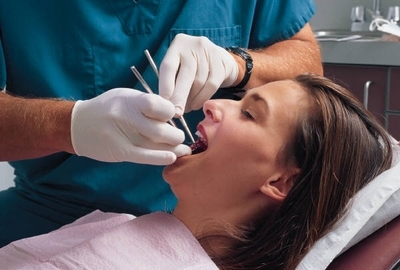Do you feel dread or uneasiness heading off to the dentist? Do you feel dental phobia is a serious issue? Do you agree that most of the people don’t see a dentist until toothache goes out of control because they feel afraid of the dental system? If you think the answer is yes, here comes sedation dentistry to alleviate your anxiety, fear, and pain.
Let’s Talk about Sedation Dentistry
Sedation in dentistry means to reduce the anxiety or agitation of the patient and to control such behavior and make the patient quiet and cooperative to allow the dental procedures to be carried out successfully.
To define: Sedation dentistry is conscious sedation where the level of consciousness is minimally depressed that retains the patient’s ability to maintain an airway independently and respond to physical stimuli and verbal command.
What are the Benefits of Sedation Dentistry?
- It helps you relax when you are seriously anxious.
- It helps you feel comfortable when you have a bad gag reflex.
- It helps you tolerate pain if you have a low threshold for pain.
- It makes you cooperative during dental treatments when you lack cooperation due to any medical or psychological conditions.
- It’s easy since you are awake and don’t lose consciousness, and it wears off quickly so you can get back to your day.
Is Sedation Dentistry Really Safe?
Yes, it is definitely safe when administered by a trained dentist. A trained member of the dental team must be responsible for and monitor the patient throughout this period, and both equipment and drugs for dealing with sedation complications must be immediate to hand. Like any other procedure, it has also some contraindications like few medical conditions, unaccompanied patients, prolonged treatments, lack of proper equipment, inadequate personnel, etc.
What are the Pre-Sedation Assessments to be done?
- Taking patient’s full medical and dental history,
- Recording the age, weight and the vitals of the patient,
- Select a conscious sedation technique based on the treatment plan and the patient’s condition.
What are the Different Types of Sedation Techniques?
- Inhalation Sedation- It is used when minimal sedation is required. It is usually the technique of choice for conscious sedation of pediatric dental patients. Nitrous oxide gas is the first choice of inhalational sedation technique. Inhalational levels can be adjusted as required.
- Oral Sedation- It involves taking a pill prior to treatment, the dosage as suggested by the practitioner. Most commonly used due to its ease of administration but the dosage levels cannot be adjusted reliably.
- Intravenous and Intramuscular Sedation- Injecting Antianxiety drugs slowly.
The choice of a particular technique, sedative agent and route of delivery should be made at a prior consultation appointment to determine the suitability of the patient to a specific technique.
Nitrous Oxide Sedation
It is the most commonly used sedation technique due to its ease of administration and higher safety compared to other techniques. It has minimal side effects and low risk involved. It involves the administration of nitrous oxide gas and oxygen at required levels through inhalation equipment.
What are the Advantages of Nitrous Oxide Sedation?
- It is a good analgesic and a weak anesthetic.
- It quickly crosses the pulmonary membrane and enters the bloodstream and so its onset of action is very quick. It is insoluble and unchanged in blood and does not combine with blood elements. It doesn’t break down, so peak clinical effects can be achieved with 3-5 minutes.
- It is easily reversible and 99% of gas is rapidly eliminated by lungs.
- It has a short recovery time.
- It can be adjusted to the required level according to the patient’s condition.
- At the concentration of 30-50% N20, the patient feels relaxed, dissociated and is susceptible to suggestion. Moderate sedation is achieved at 50% concentration. At concentration greater than 60% patient feels giddiness, ataxia, increased sleepiness. Not more than 50% concentration is required in dentistry.
How Safe is Nitrous Oxide Sedation?
Nitrous oxide sedation is the safest sedation technique when administered by a trained dentist. It is safer to use both in adults and children. However, the use of any form of sedation in children presents added challenges to the clinician. During sedation, a child’s responses are more unpredictable than that of adults. Their proportionally smaller bodies are less tolerant to sedative agents and they may be easily over-sedated. Uniform, multidisciplinary-approved guidelines for monitoring children during sedation are essential. The decision to sedate a child requires careful consideration by an experienced team.
Are there any contraindications to this technique?
Yes, few medical conditions and blocked nose are contraindicated.
What are the side effects of this technique?
Nausea and vomiting are the common side effects with the use of Nitrous oxide. This can be avoided to some extent by the use of a rubber dam. Nausea is often caused by the fluctuating levels of concentration of nitrous oxide due to the alternate nose and mouth breathing and so changes in concentration levels should be kept minimum.
What are the precautions to be followed?

For the safe and effective use of inhalation sedation, it is necessary to have a complete understanding of the different stages of analgesia and anesthesia with N2O, the delivery machine, and circuits. This requires training in its administration and the careful monitoring of the patient. In particular, knowledge and training in emergency responses are also essential. The equipment must have the capacity to deliver 100% oxygen, and never less than 30%the oxygen. If the reservoir bag does not inflate, examine for a tear. Before commencing sedation with N2O, always carefully inspect the circuit and the apparatus for leaks. Pulse oximetry should be mandatory to constantly check the pulse of the patient.
What are the Preoperative Instructions to be Followed by the Patient?
Patients should eat normally on the day of their appointment and must avoid alcoholic drinks. Patients should take routine medication as normal unless advised not to by the treating dentist. The patient should be escorted by a responsible adult.
What is the Process of Nitrous Oxide Sedation?
The dental chair is reclined and the mask is placed on the patient’s nose so that it fits properly. Once in place, the mask is checked so that it fits comfortably on the patient’s face in close proximity to the skin, and the mask is secured so that it covers the nostrils completely and does not move unnecessarily during the procedure. A range of fragrant nasal masks is available and useful in making the patient feel more comfortable and involves them in the process by offering some choice. The mask can be offered to take home prior to the treatment appointment so that he/she can gain familiarity in wearing it.
The procedure is started with 100% oxygen with active scavenging. The bag is filled with 100% oxygen and delivered to the patient for 2/3 minutes at an appropriate flow rate of 5-6L/minute. The reservoir bag is monitored as the patient breathes – it should move at the same rate as the patient’s breathing with each inspiration and expiration. Constant monitoring is critical and the use of pulse oximetry is advised. Assess the patient’s eyes, general responses, and level of consciousness throughout the procedure.
When using the ‘rapid induction technique’, N2O is administered quickly to 50% and then reduced to the appropriate level for that individual. When using a slow titration technique, the N2O is titrated in 10% intervals. Once local anesthesia has been administered successfully, the N2O should be lowered to around 30% and maintained at this level. Once the procedure is complete, or near completion, the concentration of gas should be lowered, so that the patient is maintained on 100% oxygen.100% oxygen should be given for at least 3-5 minutes. This displaces nitrous oxide from the patient’s body and lessens the risk of post-procedural diffusion hypoxia which occurs with inadequate amounts of oxygen.

What are the Sensations felt by the Patient?
Patient will feel
- Initial ‘heaviness’ or sinking into the chair.
- Tingling and numbness of the extremities.
- A warm sensation and a feeling of ‘lightness’ or floating off the chair with increasing
depth of analgesia.
- Children are very open to suggestions. Their thoughts and behaviors can be guided by the dentist.
AFTER CARE
Patients must be individually assessed considering their medical condition and responsiveness. The patient should not be allowed to leave home unless he is recovered completely from sedation. In the case of a child patient, give clear postoperative instructions to the parent. The child should rest for the remainder of the day. Physical activity should be avoided and the child should remain under continuous supervision. Written details of postoperative instructions should be provided to the patient.
CONCLUSION
Anxiety and fear of the dentist can be an obstacle to the patient to seek dental care and a source of additional stress to the dentist. The consequences of postponing and avoiding professional dental care can affect overall oral health and quality of life. Careful management of such patients can be accomplished by using conscious sedation techniques.


